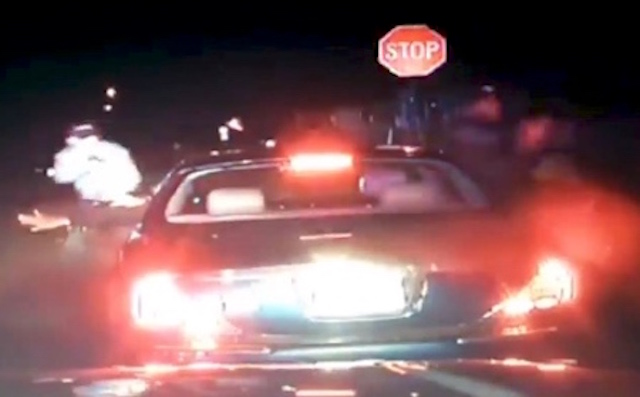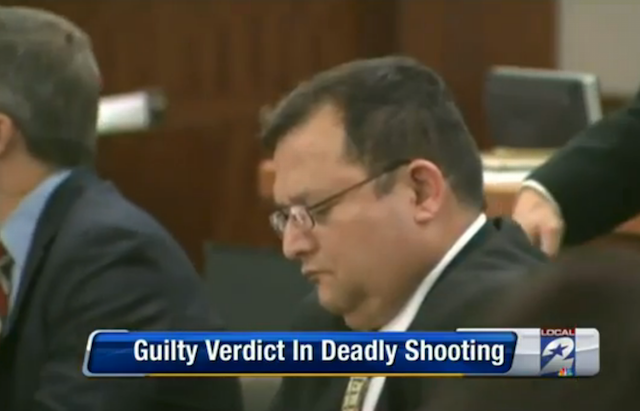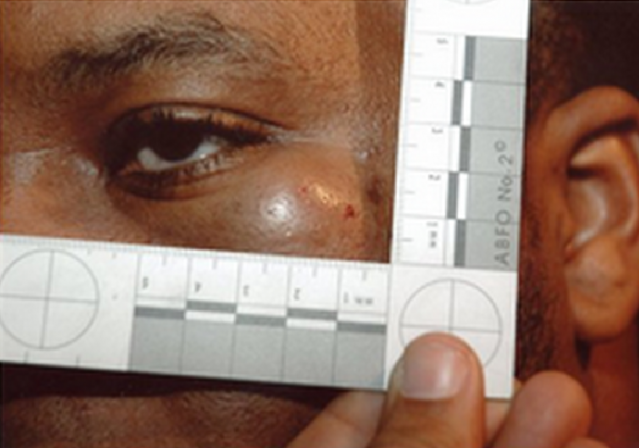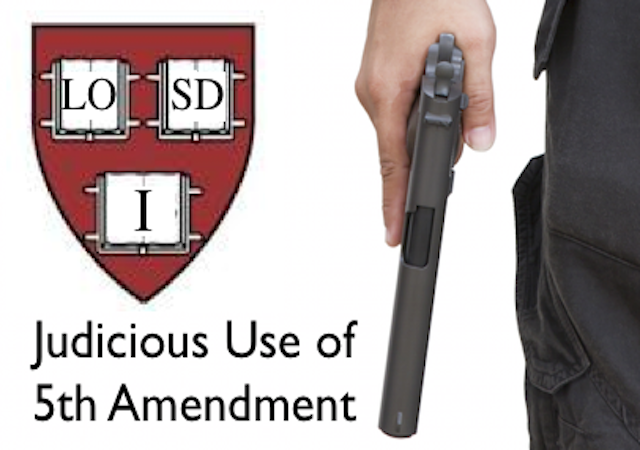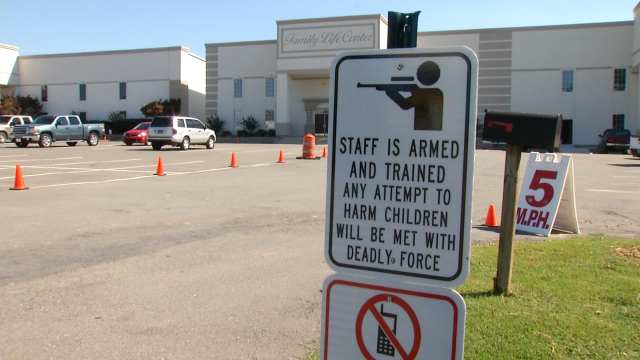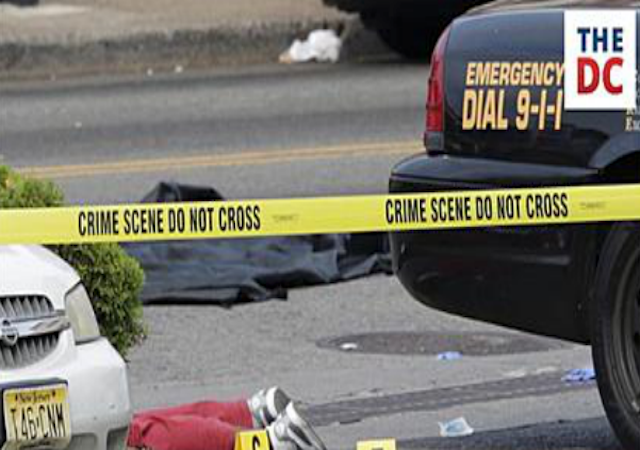Dunn Juror Doubles Down on Premeditation Standard
on February 17, 2015
60 Comments
Wayne Davis, the jury foreman in the Michael Dunn re-trial that found Dunn guilty of the first-degree murder of Jordan Davis, was interviewed for the first time this past week by News4Jax.
Remember Dunn? He's the one charged with 1st degree murder for the shooting death of 17-year-old Jordan Davis. The State believed Dunn shot Jordan out of anger over Jordan’s loud music, whereas Dunn claimed he shot in lawful self-defense. The State's argument won out, raising questions about lawful self-defense vs. premeditation standards in modern criminal law.
You can read a transcript, and watch a video of the interview (also embedded at the bottom of this post), here.
What particularly caught my eye from this interview was the considerable weight the jurors placed on the many physical steps Michael Dunn took in retrieving, preparing, and brandishing his handgun, and how the jury concluded as a result that Dunn acted with premeditation. This finding of premeditation was necessary in order for the jury to unanimously find Dunn guilty of first-degree murder, as opposed to second-degree murder or manslaughter.
As Wayne Davis, jury foreman, put it in the interview:





